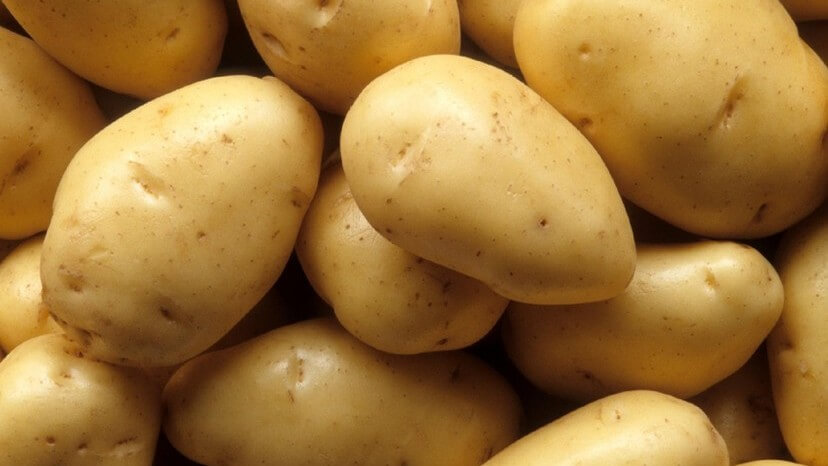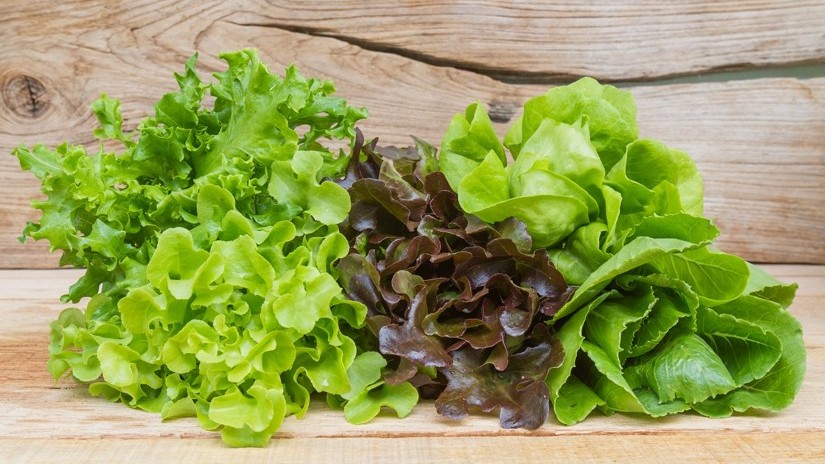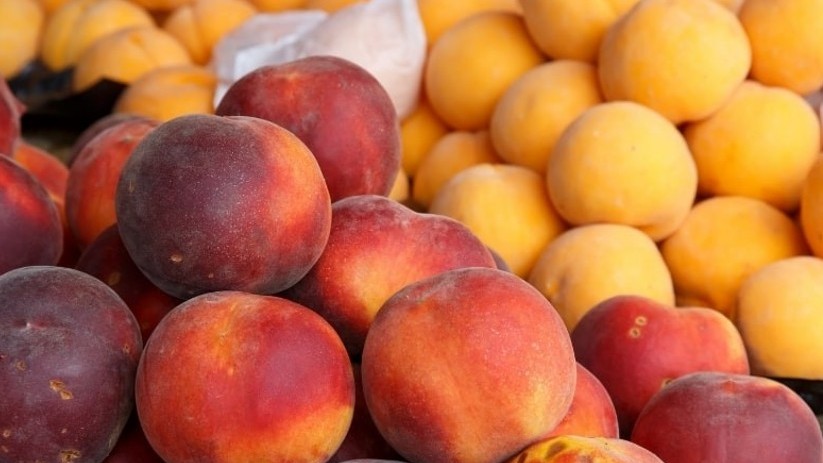News
Arginine and cysteine to delay tomato ripening postharvest
Arginine and cysteine amino acids delay the postharvest ripening of tomatoes by regulating ethylene production
Tomato ripening (Solanum lycopersicum, Solanaceae family), a fruit rich in essential nutrients with significant economic value, is a complex process characterized by a series of biochemical events resulting in desirable traits such as vibrant color, softening, and accumulation of sugars, organic acids, and aromatic compounds, making it visually appealing for consumption.
Ripening and senescence, distinct processes
Fruit ripening is considered an irreversible process. While ripening and senescence are not clearly separated, increasing evidence shows that physiological and molecular changes differ during these two periods.
Generally, fruit ripening is characterized by high metabolic activity and improved edible quality of the fruit, whereas senescence is marked by tissue softening and eventual decomposition.
Preferably, a ripe tomato
The tomato is a widely cultivated and popular vegetable worldwide. Ripe tomato fruit is not only flavorful but also rich in various health-promoting compounds, including vitamins, carotenoids, and phenolic compounds.
Understanding the intricate mechanisms underlying these processes contributes to advances in agricultural practices, optimizing harvest and postharvest handling techniques. Furthermore, unraveling the molecular and biochemical changes occurring during fruit ripening enhances knowledge of plant physiology and provides insights for developing strategies to extend shelf life, improve fruit quality, and meet the demands of a growing population.
Ethylene, essential
Ripening and senescence of fruit are closely associated with changes in color, flavor, aroma, and texture. In climacteric fruits like tomatoes, ethylene is required for these physiological changes to occur. The onset of ripening triggers a significant increase in ethylene production, by rates of 100 to 300 times.
The amino acid methionine is the biological precursor of ethylene in all higher plants and is converted into this hydrocarbon through various reactions involving several enzymes.
Inhibiting ethylene biosynthesis or action is the most common strategy used in postharvest to prolong storage, maintain fruit quality, and extend the availability of fresh products. These findings contribute to the development of innovative approaches and technologies to ensure the delivery of high-quality fruit to consumers while minimizing waste.
During the fruit ripening process, the accumulation of primary metabolites, including sugars, amino acids, and organic acids, plays a crucial role in determining the fruit's quality and flavor. Sugars and organic acids contribute to sweetness and acid balance, resulting in desirable flavors.
Role of Amino Acids
Amino acids are involved in the formation of aromatic compounds, enhancing the overall appeal of the fruit.
The amino acid profile is influenced during fruit ripening. For instance, the total free amino acid content in red tomato fruits increases nearly fivefold compared to green fruits.
Proteomic and metabolomic analyses have also revealed the importance of L-alanine, L-aspartate, and L-glutamate amino acid metabolism in fruit ripening.
Understanding the dynamics and regulation of amino acids during fruit ripening can provide valuable insights for optimizing postharvest storage conditions, improving fruit flavor, and extending shelf life, benefiting both consumers and the fruit industry.
Arginine and cysteine help maintain postharvest quality
A recent study investigated how the amino acids L-arginine and L-cysteine affect tomato fruit ripening.
The findings demonstrate that applying these amino acids delays the color change of the fruit from green to red and hinders alterations in titratable acidity and soluble sugar content.
Additionally, treatment with L-arginine and L-cysteine suppresses the activities of key enzymes involved in ethylene biosynthesis, namely 1-aminocyclopropane-1-carboxylic acid synthase and 1-aminocyclopropane-1-carboxylic acid oxidase, by negatively regulating the expression of SlACS2/4 and SlACO1, key genes for ethylene biosynthesis. This suppression further inhibits ethylene production associated with ripening.
Overall, this study reveals that L-arginine and L-cysteine treatments delay the ripening process of tomato fruit and promote the maintenance of its quality during its shelf life.
Graphic Summary: Yu et al. 2024
Note
All amino acids, except glycine, are "stereoisomers". A stereoisomer is a compound that can appear in one of two forms: L-form (where the -NH2 group of the second carbon or alpha carbon is on the left) and D-form (where the -NH2 group is on the right); they are mirror images of each other. Most biosynthesized amino acids are of the L-configuration, and all protein amino acids are L.
Sources
Yu, W.; Ma, P.; Sheng, J.; Shen, L. (2024). Arginine and cysteine delay postharvest ripening of tomato fruit by regulating ethylene production. Postharvest Biology and Technology, 216:113052.
Main Image https://blog.mfrural.com.br/como-plantar-tomate/ Accessed 20/2024.













